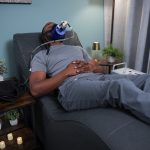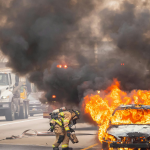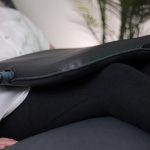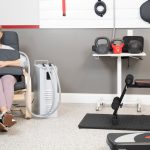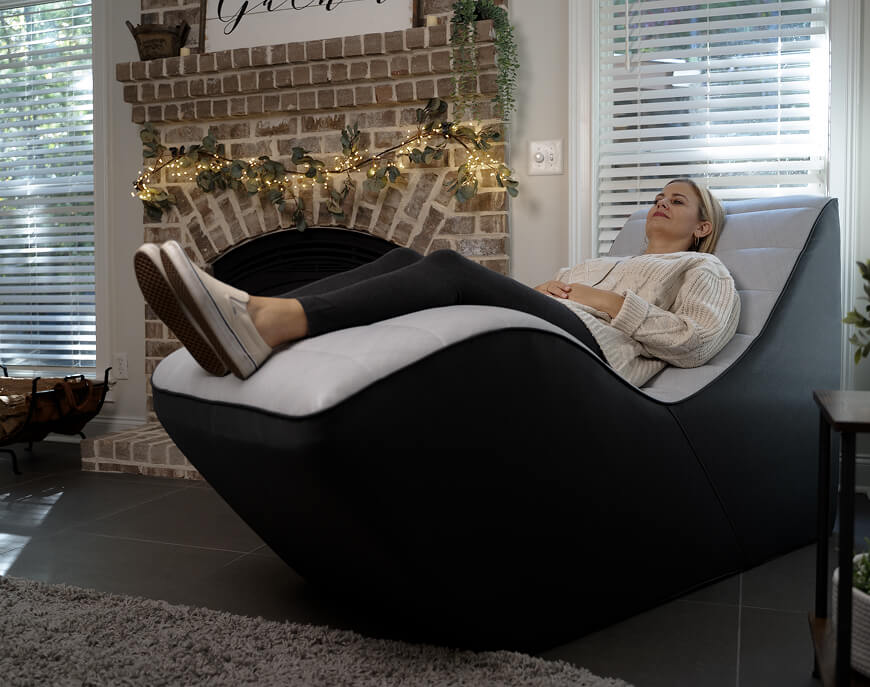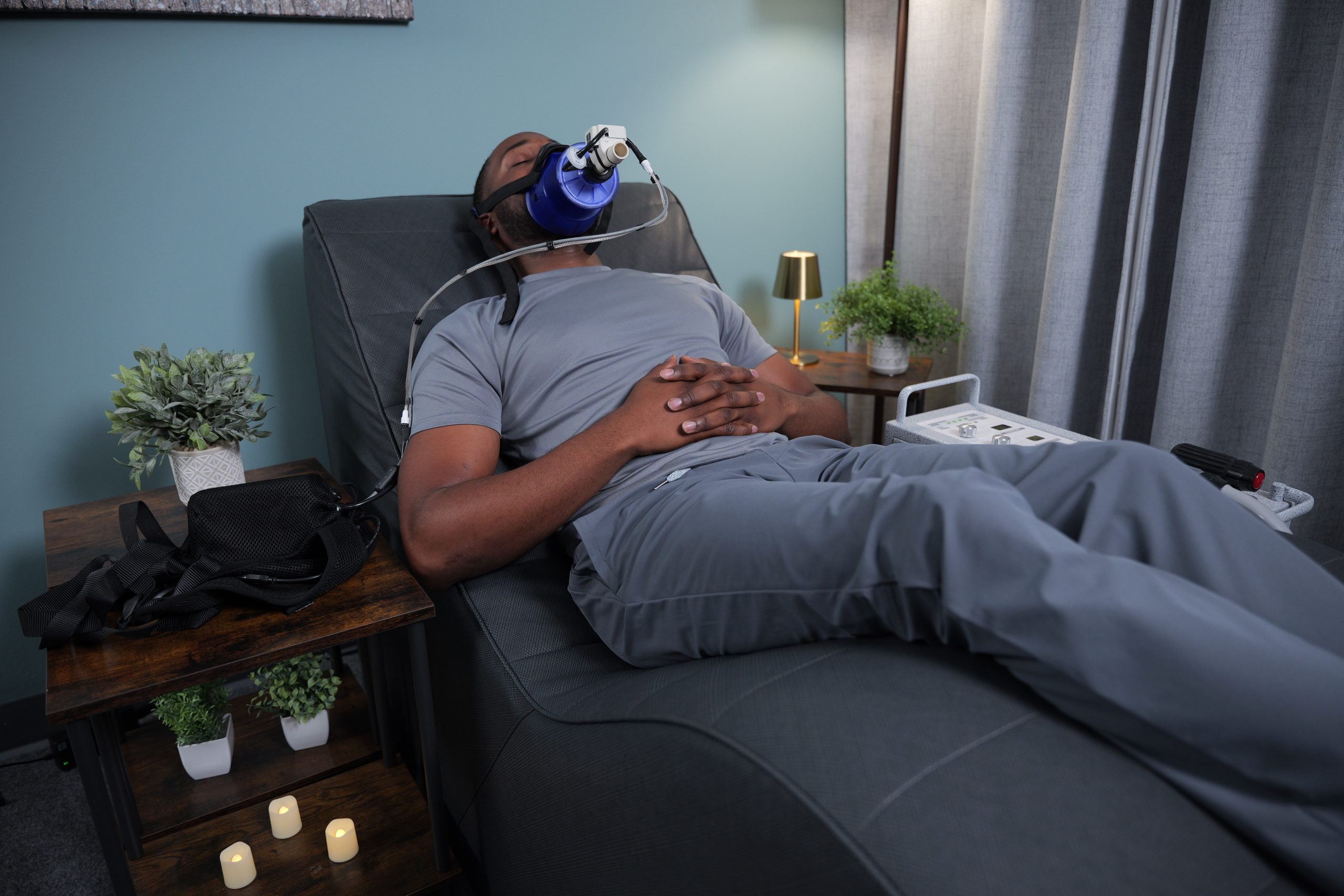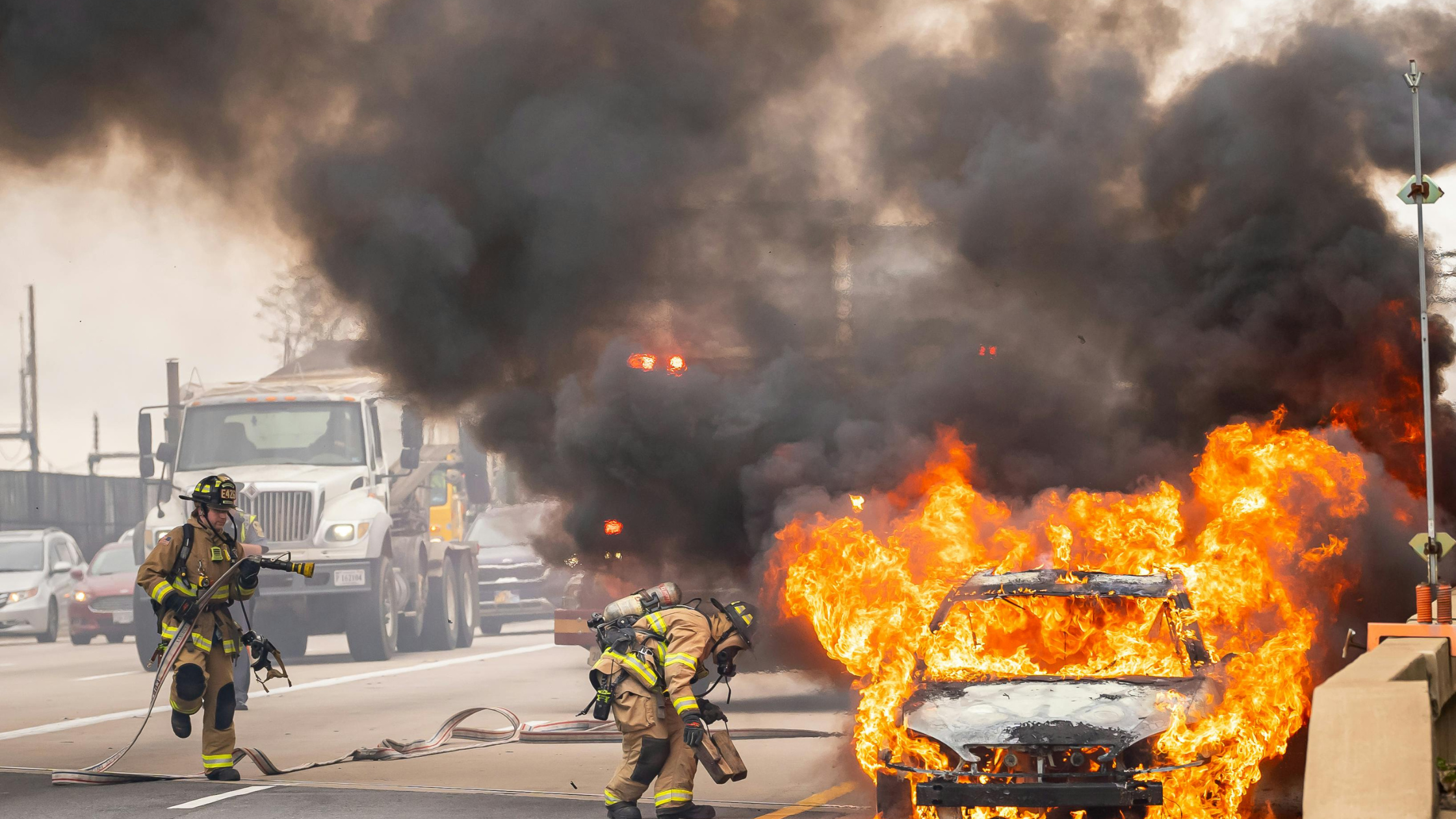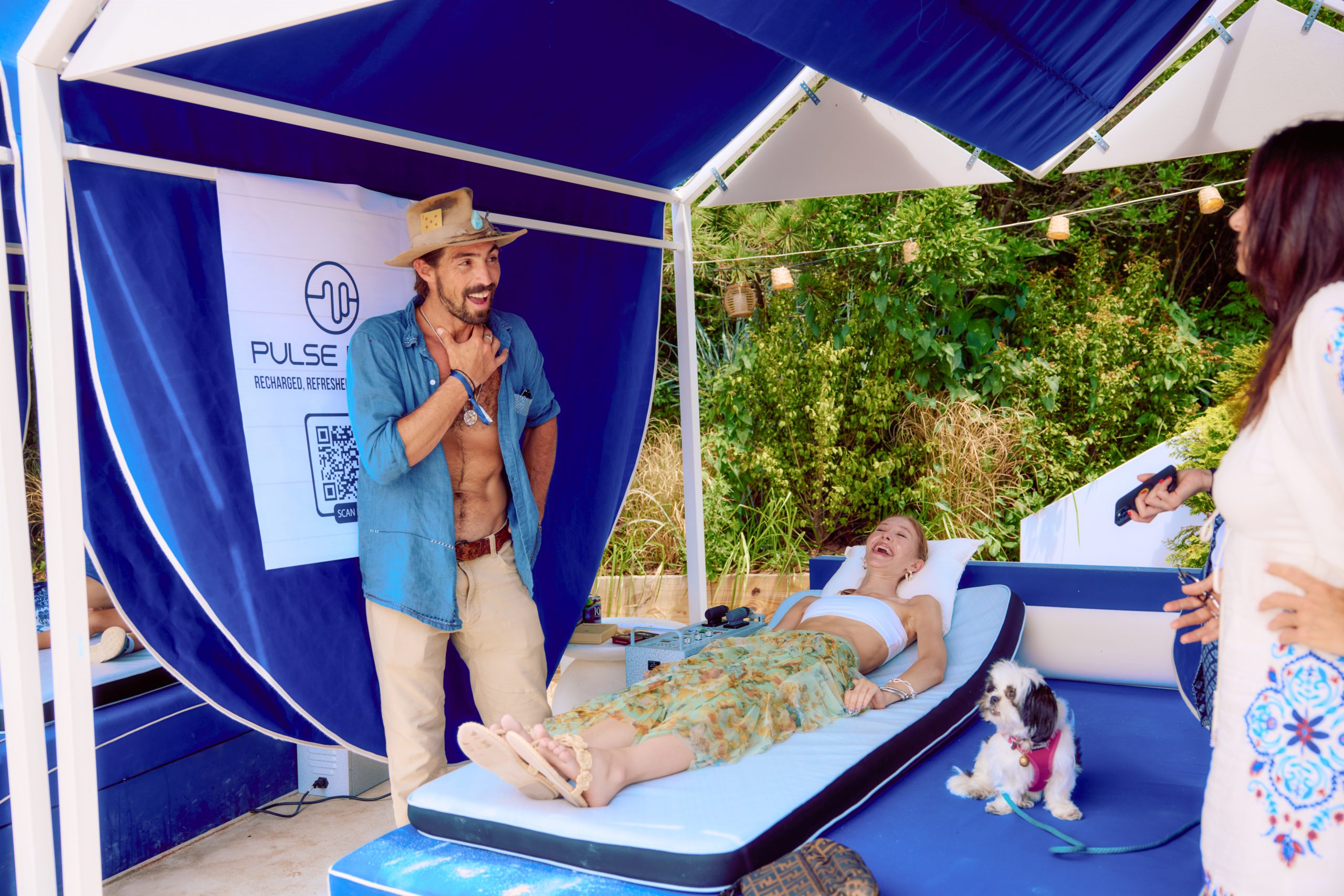To Blanket or Not to Blanket?
Coat (Hair)
Living Situation
Whether the horse is in a stall or outside, exposed to the wind and elements, for most of its day will affect its blanketing needs.
Body Condition
Where a horse falls on the body condition chart is also a factor. A horse that is on the thinner side will need more blankets than a horse that is higher than a five. Keep in mind that older horses with lower body condition scores will also be better candidates for more blankets.
Temperature & Geography
Where you are located in the world, and how cold your temperatures get, definitely impacts the type of blanket you should use.
The Perfect Blanket: Light, Medium, or Heavy
Light Turnouts
Light turnouts provide protection in windy or mildly cold weather. A turnout sheet typically won’t have any fill, so they don’t provide much warmth. As a guide, clipped horses generally wear a light turnout sheet or blanket when the temperature reaches 40-50º F. Unclipped horses can usually wait until the temperature reaches 30-40º F.
Medium Turnouts
Medium turnouts can provide waterproof protection and add a comfortable layer of warmth. Clipped horses need a medium turnout blanket or sheet when the temperature reaches 30-40º F and unclipped horses at 20-30º F.
Heavy Turnouts
When evaluating which blanket or sheet to use, it is important to know how your horse and their body temperature normally respond to the weather. If they tend to run cold, you may need to use more blankets. Whereas if they run hot, you may not need as many. As the horse owner, you are the best person to determine what your horse needs!
Place your hand on your horse’s ears to feel if they are cold. You can also place your hand on their chest to determine if they are hot.
Pulsing & Blankets

Safety and the horse’s comfort should be the top priority when deciding whether blankets are needed during a Pulse session!
Depending on the temperature, you can leave thinner stable blankets or turnout sheets on and Pulse right over them. In this situation, make sure the front of the blanket remains secure, so it doesn’t suddenly shift if the horse spooks without warning.
Thick horse blankets and turnout sheets should be removed prior to Pulsing, as you don’t want your horse to get hot or sweat under the blanket.
A fleece cooler is a great substitute to keep them warm without causing them to get hot. The fleece cooler keeps them warm while remaining breathable. To allow the Pulsed area to show, fold the blanket in the section you are working on. You can work your way down the body and move the cooler or blanket around accordingly.
Ceramic or Magnetic Blankets?
Therapeutic blankets like the Back on Track brand contain ceramic powders throughout the fabric. This fabric helps increase circulation by reflecting the horse’s body heat. This in turn creates a soothing infrared thermal heat that can help alleviate sore muscles and joints.
These are great to stack with Pulsing since PEMF stimulates the cells’ open-and-close mechanism. Stacking these two modalities can support nutrient absorption, assisting with muscle fatigue and discomfort after exercise.
Since Pulse sessions generally range from 45-90 minutes, it may be just fine to remove any blankets or sheets. This depends on the temperature and the horse’s reaction to the climate. It is always helpful to be able to see the level of pulsing that the horse is experiencing.
Consider grooming the horse as you Pulse them, as the circular currying motion helps with blood flow, warms up their muscles, and helps them look their best!
Once the session is complete, you can replace any blankets as the owner or trainer requests.


